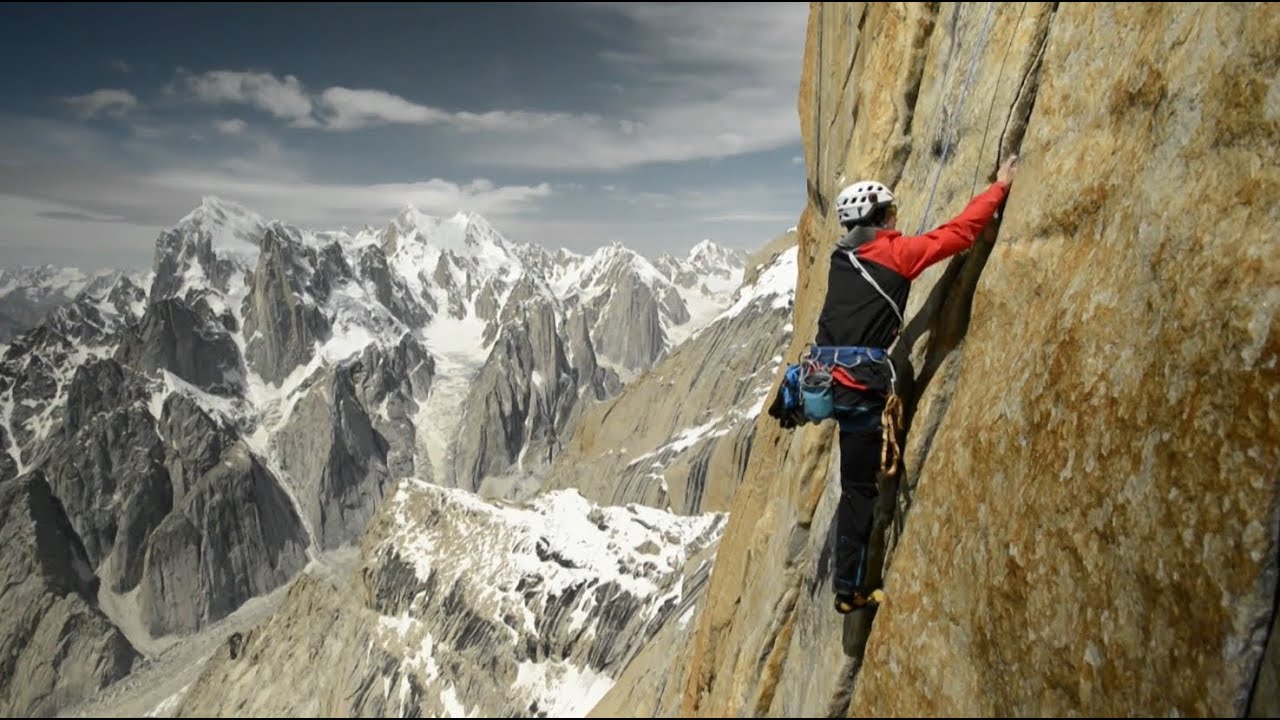If you are interested in figuring out how to climb, or you’re looking to amp up your climbing strength and techniques, joining a climbing gym is a terrific way to go.
A Fantastic source for finding a fitness center close to you is that the interactive Climbing Gym Map preserved by the Climbing Business Journal.
Available courses, as well as pricing and the height and complexity of scaling walls, vary between gyms. Some short-walled facilities just provide bouldering. Some big-wall gyms are architectural temples which have athletic-club amenities which range from weight chambers to snack bars and childcare.
These can’t be utilized during uncooperative weather, though, which can be a big reason climbing gyms are preferred by so many people.
Requiring neither a tap nor a rope, bouldering involves routes which are close to the ground. A thick mess pad functions as a protective mat below you. Some gyms also need spotters, individuals who help prevent drops from injuring your head and neck.
Bouldering is a great way to build skill because it is possible to focus solely on with your strength and balance to keep yourself on the wall. Novices appreciate the ease of it; proficient climbers such as the challenge of harder routes.
For more information, visit our post about how bouldering.
This is where a novice enters the world of harness-and-rope rising. When you are top roping, the rope is secured to an overhead anchor at the fitness center. You tie into one end of the rope; the opposite end of the rope is held by a belayer, who manages the rope to grab you in the event of a fall. The belayer might be a trained staff person, a buddy with belay certificate or an automobile belay device.
Lead Climing
Once you’ve turned into a proficient top-rope climber, your next step is direct climbing. When direct climbing, you are going to tie into one end of this rope and clip it into a series of quickdraws which are already attached to bolts onto the gym’s wall. Again, you will have a belayer.
Lead climbing indoors is very similar to sport climbing outside, except that inside the quickdraws are already set up.
The challenge with lead scaling is that if you slip or miss another quickdraw, you’ll fall a brief distance back into the previous clipped–in point. That’s a further, harder fall than you’d have when top-roping.
First-Time Climber Tips
- Your aim is not to reach the surface of a route; your intention is to overcome challenges and to enjoy each success as you progress.
- Recall that your thighs are stronger than your arms, so focus on ways to improve foot friction and leg placement.
- Taking the time to learn the motives you do things helps you find success more rapidly.
- View more seasoned climbers to learn their methods, but don’t expect to have the ability to replicate them straight away.
- When you’re all set to start by yourself, make care to pick a fantastic partner/mentor–that is one of the most important scaling choices.
The Yosemite Decimal Rating System, using its famed 5.0 through 5.15 scale, is used in gyms in addition to the outside. Hand- and footholds are biggest in the 5.0 to 5.5 range. Where you start depends on your comfort level and natural ability, but many novices start in the 5.3 to 5.5 range.
Bouldering evaluations follow the V Scale — VB (newcomer ), then progress from V0 via V16. Your fitness center may also use terms such as”recreational” because of its beginner-level paths.
To learn more, read Climbing and Bouldering Rating Systems.
Clothing and Gear for Gym Growing
Clothing: Wear clothes that offer comfort and mobility (extend ). You want a loose fit, but not so baggy that your clothes get caught on holds or gear. Yoga clothes works well. Wear something you do not mind becoming chalk on, and something that can withstand abrasion in the surfaces on walls and climbing holds.

